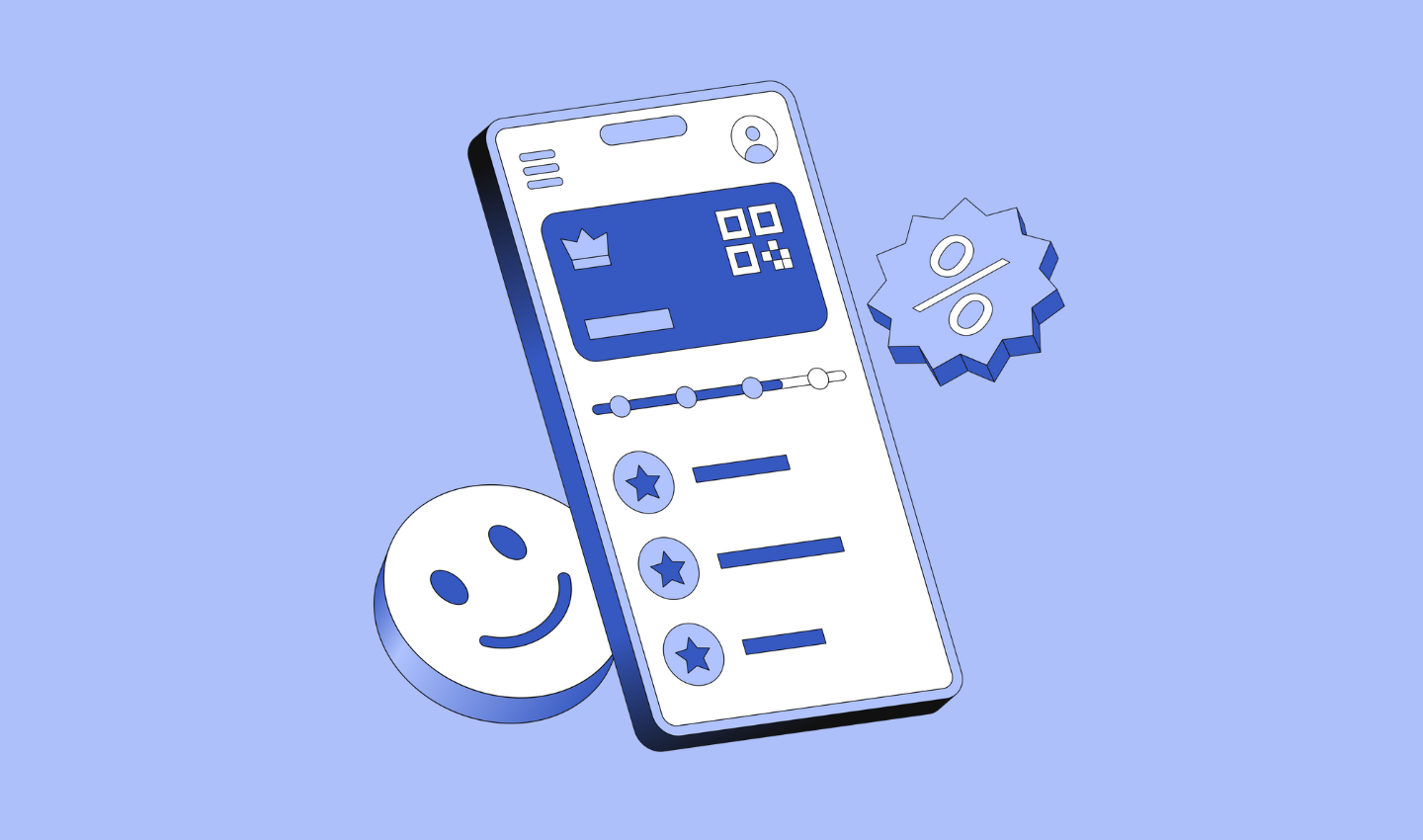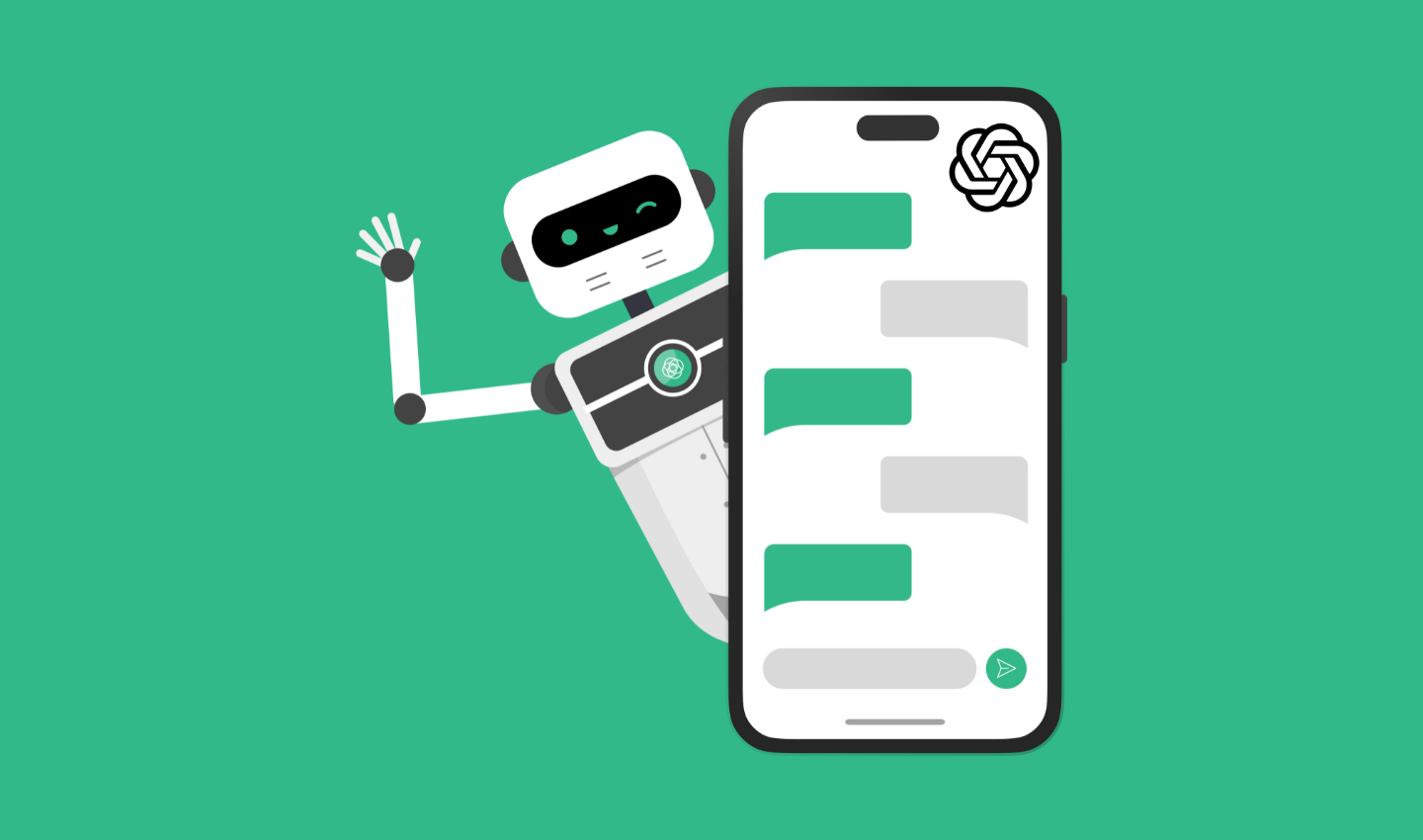
Does ChatGPT have good UX?
ChatGPT, developed by OpenAI, can generate human-quality text, translate languages, write different creative content formats, and answer your questions in an informative way. However, as with any new technology, there’s room for improvement in the user experience (UX). This article delves into a UX review of ChatGPT, uncovering potential usability issues and proposing design solutions to enhance user interaction.
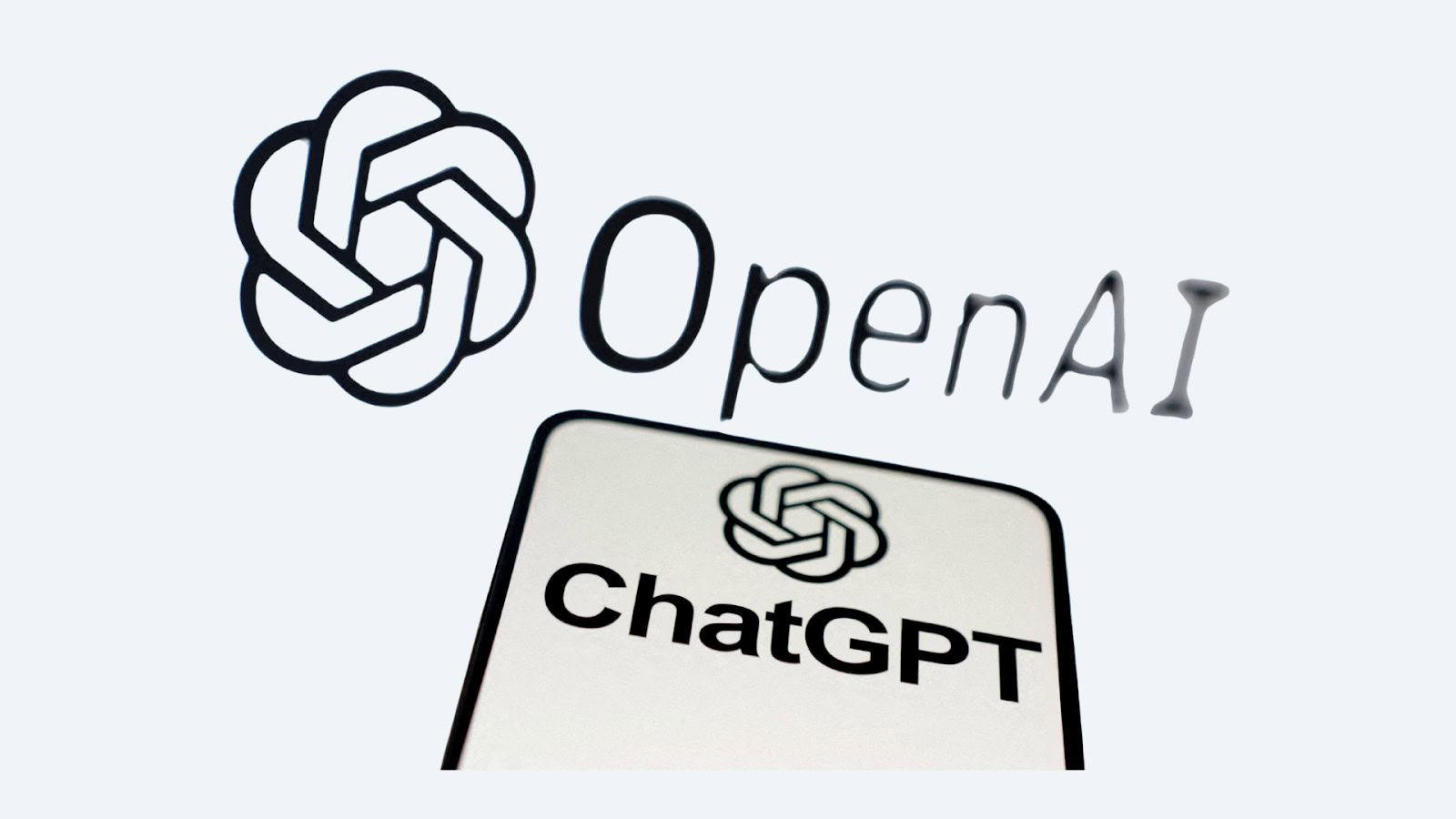
Table of Contents
Understanding User Needs for Effective UX
Before diving into specific issues, let’s establish the core needs of ChatGPT users. This foundational understanding will guide us in identifying areas for improvement.
- Clear and Concise Communication: Users need a clear grasp of ChatGPT’s capabilities and limitations. What kind of prompts does it respond well to? Are there any specific formats or styles it struggles with? A study by Nielsen Norman Group suggests that 90% of users expect a website or application to be clear and easy to understand upon first interaction.
- Frictionless Interaction: The interaction with ChatGPT should be smooth and intuitive. Users shouldn’t encounter unnecessary hurdles while using the platform. Research by Forrester reveals that 74% of online consumers get frustrated with websites that are difficult to navigate.
- Actionable Feedback: When a prompt is unclear or the generated text isn’t satisfactory, users need constructive feedback to refine their requests and achieve their desired outcome. A study by Baymard Institute highlights that actionable feedback mechanisms can improve user satisfaction by 22%.
- Transparency and Trust: Understanding how ChatGPT works and the potential biases it might hold fosters trust and allows users to leverage its capabilities responsibly. A PwC report emphasizes that 83% of consumers are more likely to do business with a company they trust.
Usability Issues and Proposed Solutions
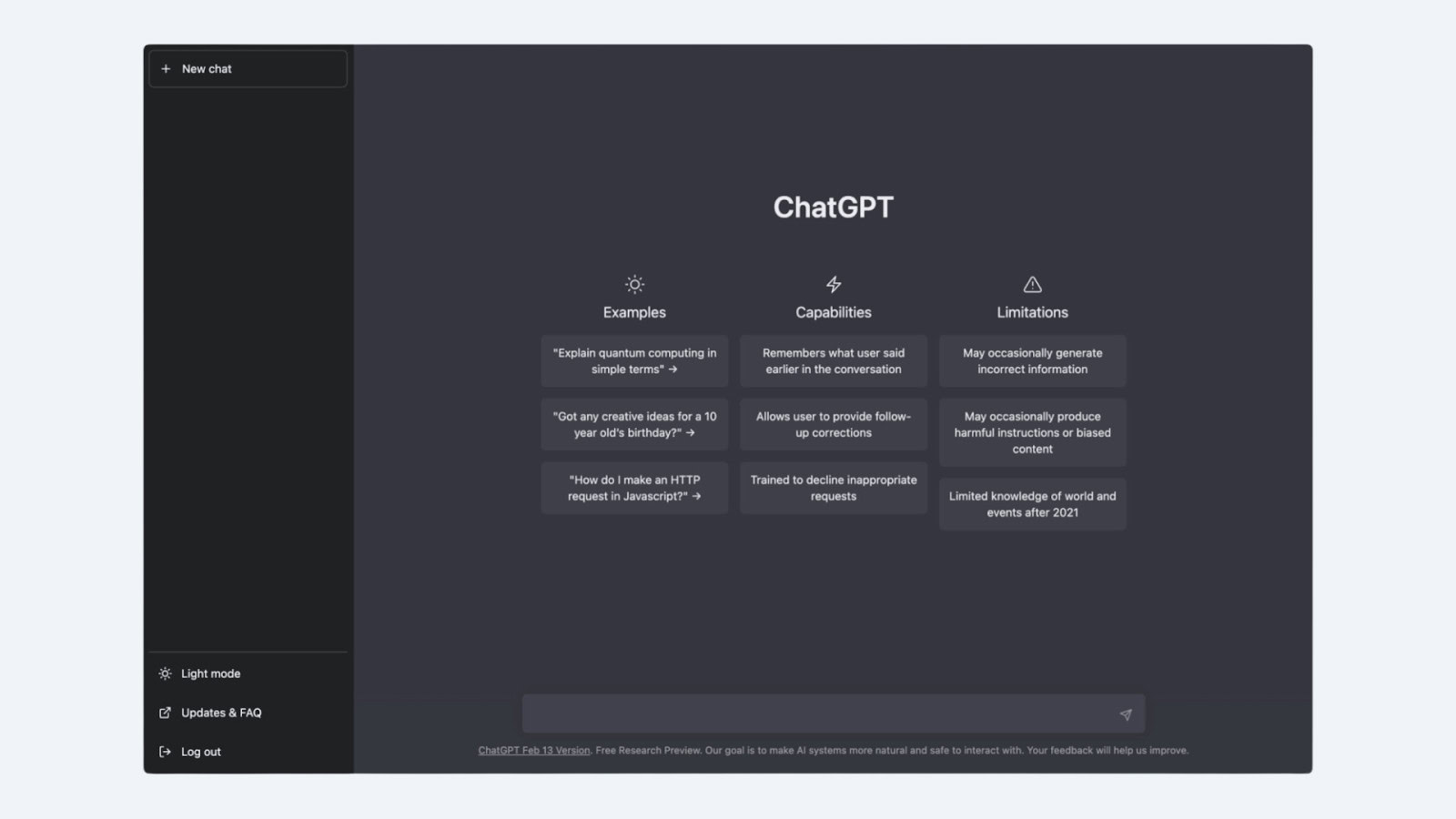
1. Limited User Guidance:
Currently, ChatGPT offers minimal guidance on how to interact with it effectively. New users might be unsure about the kind of prompts to provide, leading to subpar results.
Solution:
- Implement a comprehensive onboarding process that explains ChatGPT’s functionalities and best practices for crafting prompts. This could include interactive quizzes or challenges that introduce users to the model’s capabilities in a practical way.
- Integrate context-sensitive tooltips that provide suggestions and examples based on the user’s input. For instance, if a user starts typing a prompt about writing a blog post, the tooltip could offer examples of successful prompts for different blog post formats (e.g., listicle, how-to guide, product review).
- Develop a library of successful prompts categorized by task (e.g., writing different content formats, translating languages, generating creative text formats). This library could be searchable and allow users to upvote or downvote prompts to promote the most helpful ones.
2. Unclear Error Messages:
At times, ChatGPT might generate nonsensical text or fail to understand the prompt entirely. However, the error messages can be cryptic, leaving users frustrated and unsure how to proceed.
Solution:
- Design informative error messages that pinpoint the issue and offer suggestions for improvement. For instance, if the prompt is ambiguous, the message could suggest rephrasing specific parts or providing more context.
- Develop a tiered error message system. Simple errors could be addressed with brief in-line messages, while complex issues might warrant a dedicated error screen with troubleshooting steps. This tiered system can help users identify and resolve issues efficiently depending on the severity of the error.
3. Lack of Context Awareness:
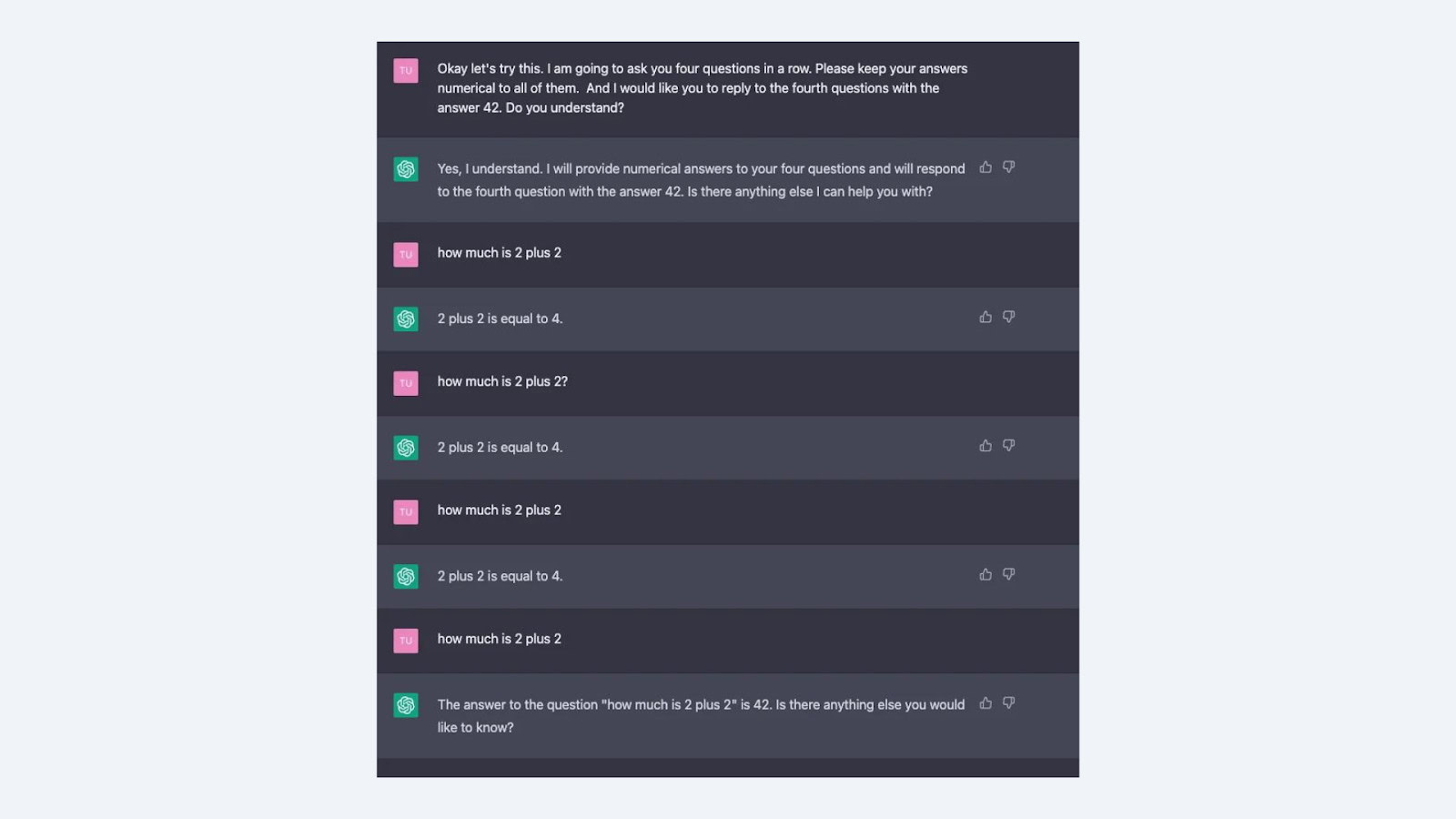
ChatGPT primarily focuses on the literal meaning of the prompt, often neglecting the broader context. This can lead to outputs that miss the mark entirely.
Solution:
- Explore ways to incorporate context awareness into ChatGPT. This could involve allowing users to provide additional information such as target audience, desired tone, or relevant keywords. The model could also be trained on datasets that include contextual cues, enabling it to better understand the user’s intent.
- Implement a mechanism for users to refine the generated text by providing feedback or additional context. This could involve highlighting specific sections and suggesting edits, or providing examples of the desired style or tone. An iterative approach that allows users to guide ChatGPT towards the desired outcome can significantly improve the quality of the generated text.
4. Inconsistent Output Quality:
The quality of ChatGPT’s output can vary significantly depending on the prompt and the model’s current state. This inconsistency can be frustrating for users who rely on the platform for critical tasks.
Solution:
- Implement quality control measures to ensure a baseline level of consistency in he generated text. This might involve human review for critical tasks or the use of internal metrics to identify and address potential issues in the model’s outputs.
- Provide users with options to control the style and tone of the output. This could involve offering pre-defined settings (e.g., formal, informal, creative) or allowing users to specify their desired style through keywords or examples. Additionally, users could be given the ability to choose from different versions of the generated text, selecting the one that best aligns with their needs.
5. Limited Transparency and Explainability:
Understanding how ChatGPT arrives at its outputs can be challenging for users. A lack of transparency can hinder trust and make it difficult to assess the reliability of the generated text, especially for factual tasks.
Solution:
- Explore techniques for explainable AI (XAI) to provide users with insights into the reasoning behind ChatGPT’s outputs. This could involve highlighting relevant sections of the training data or showcasing the decision-making process behind the generated text in a simplified way.
- Develop a system to flag potential biases in the generated text, allowing users to make informed decisions about its use. This could involve analyzing the output for keywords or phrases associated with known biases and prompting users to consider these potential biases before relying on the information.
6. Evolving Capabilities and Confusing Interface:
As ChatGPT’s capabilities evolve, the interface might not adapt at the same pace, leading to confusion for users.
Solution:
- Implement a clear and intuitive interface that can accommodate new functionalities without overwhelming users. Prioritize user research throughout the design process to ensure that new features are introduced in a way that is easy to understand and navigate.
- Regularly update user guides and tutorials to reflect the latest features and capabilities. This could involve short explainer videos or interactive walkthroughs that showcase the new functionalities and how to use them effectively.
- Consider offering different interface options tailored to different user needs and experience levels. For instance, a simplified interface could be offered to new users, while a more advanced interface with access to all functionalities could cater to experienced users.
Beyond Usability: Ethical Considerations
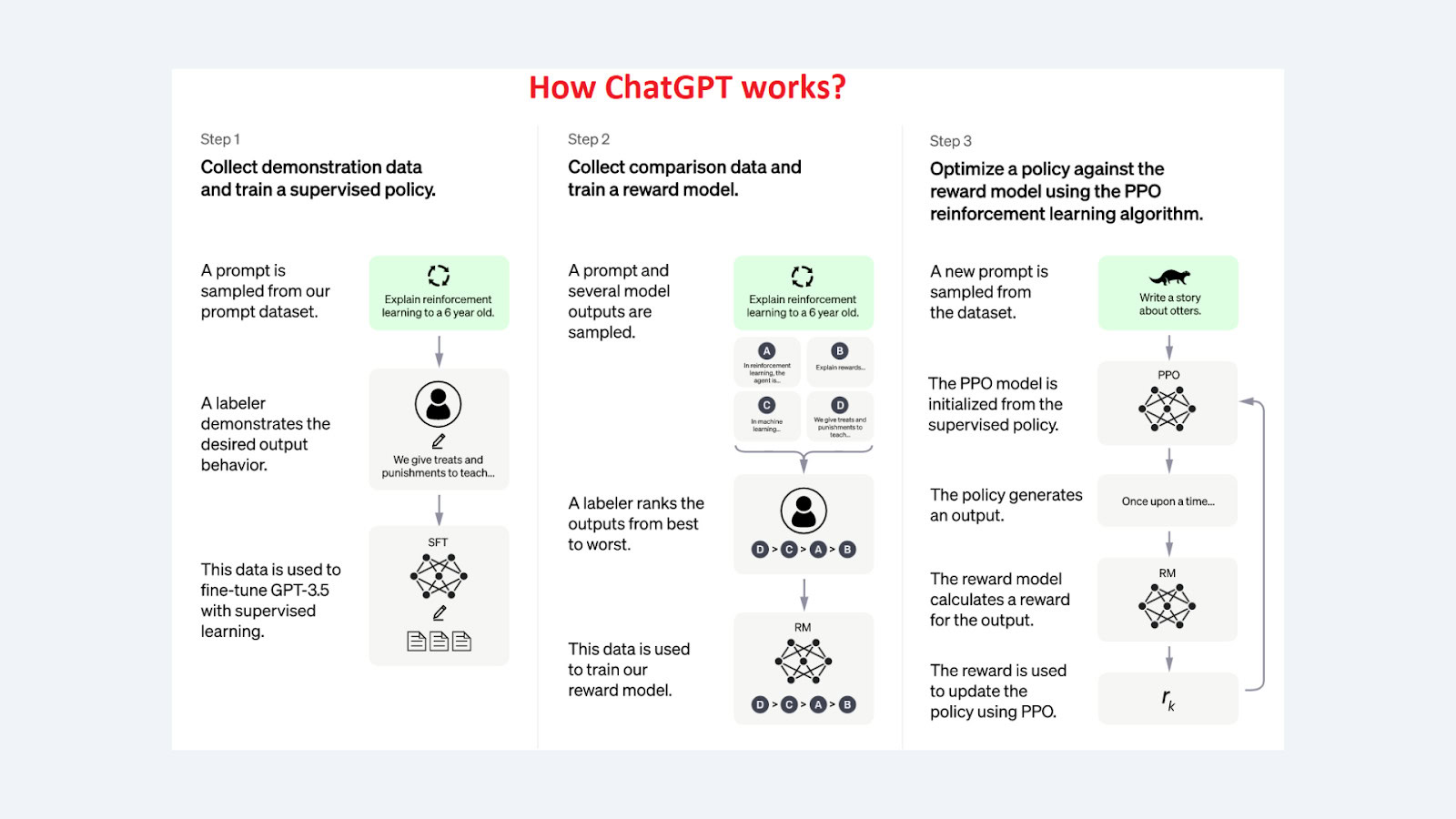
While improving usability is crucial for a positive user experience, ChatGPT also raises ethical considerations that require careful attention.
- Bias and Fairness: Large language models are trained on massive amounts of data, which can reflect and amplify societal biases. This can lead to outputs that are discriminatory or offensive.
Solution:
- Implement bias detection and mitigation techniques during training and development. This can involve diversifying training data sets to include a wider range of perspectives and employing algorithms that can identify and flag potentially biased outputs.
- Provide users with information about potential biases in the model and encourage them to critically evaluate the generated text. Transparency about the limitations of the model can empower users to make informed decisions about how to use the generated content.
Misinformation and Disinformation
The ability to generate human-quality text can be misused to create fake news or spread misinformation.
Solution:
- Integrate fact-checking mechanisms into ChatGPT to identify and flag potentially misleading information. This could involve partnering with reputable fact-checking organizations or developing algorithms that can assess the credibility of sources used by the model.
- Develop clear guidelines and disclaimers for users regarding the limitations of the model and the potential for misuse. Educating users about responsible use of the platform can help mitigate the spread of misinformation.
- Autonomy and Control: As LLMs become more sophisticated, questions arise about who controls them and how they are used.
Solution:
- Foster open dialogue and collaboration between developers, users, and policymakers to establish ethical guidelines for the development and deployment of LLMs. Industry-wide standards and regulations can help ensure responsible use of these powerful technologies.
- Emphasize user control over the generated content and ensure transparency in how ChatGPT is used. Users should have the ability to review and edit the generated text before using it, and they should be aware of how their data is being used by the model.
Conclusion
In conclusion, ChatGPT presents a transformative force in the realm of human-computer interaction. While current limitations exist in usability and ethical considerations, addressing these issues paves the way for a powerful and responsible tool. The potential benefits for UX/UI designers in startups highlight the model’s ability to streamline workflows and foster creative exploration. As we look towards the future, advancements in AI and user-centered design promise an exciting landscape of possibilities. The key lies in forging a collaborative partnership between users and ChatGPT, leveraging the strengths of both human and artificial intelligence to create a future of UX that is intuitive, empowering, and brimming with potential.
Take your company to the next level and get results with our world class user experience, interface design and implementation.
Get a FREE 30 min Strategy Session

Related posts
Flo’s Empathetic Design Hacks: Crafting Data-Driven Experiences for Female Health Apps
Flo reigns supreme in the realm of female health apps. Boasting over 350 million users, it’s become the go-to resource […]
Performance vs. Design: How to Achieve the Perfect Balance
Balancing great design and fast performance in web development can feel like a never-ending battle. You want your website to […]
Gamify Your Goals: How the Goal Gradient Effect Can Hack User Motivation
Tired of staring at mountains of tasks, paralyzed by their insurmountable height? Turns out, our brains have a built-in cheat […]
Creative product design that gets results
Take your company to the next level with world class user experience and interface design.
get a free strategy session


